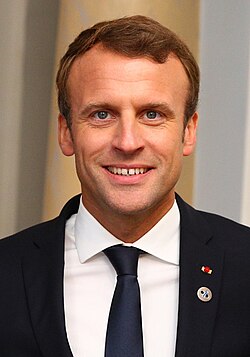This article has multiple issues. Please help improve it or discuss these issues on the talk page . (Learn how and when to remove these messages)
|
A sacerdotal state is a state whose head is also an ecclesiastical leader designated by a religious body. An example of this kind of state is the Vatican City: its heads of state, the popes of the Catholic Church, have governed papal lands distinct from secular authority since the establishment of the Papal States in the 8th century AD. [1] [2] Andorra operates under a semi-sacerdotal system, as one of its co-heads of state is the bishop of Urgell, while the other is the head of state of France. However unlike the Vatican, the co-princes of Andorra are ceremonial and not closely involved in the government.
Contents
In the past, bishops commonly assumed temporal as well as spiritual authority and ruled as prince-bishops. This occurred, for example, in the Holy Roman Empire, where three of the seven imperial electors were prince-archbishops (those of Trier, Mainz and Cologne). After the 1648 Peace of Westphalia certain prince-bishoprics became bi-confessional and alternated between governance by Catholic bishops and by Protestant administrators.


